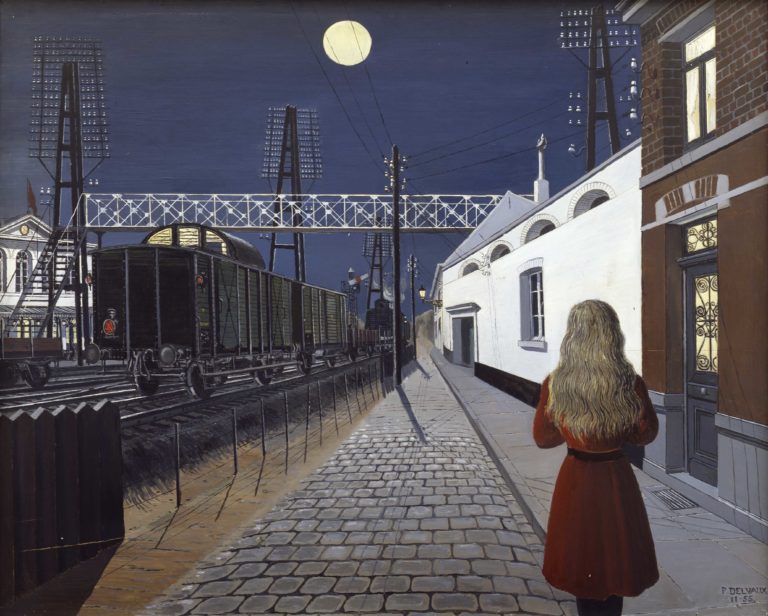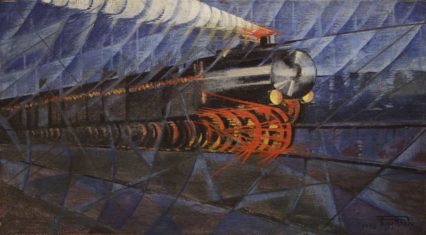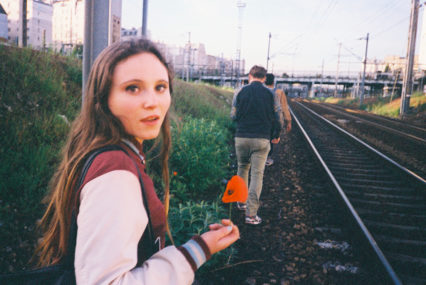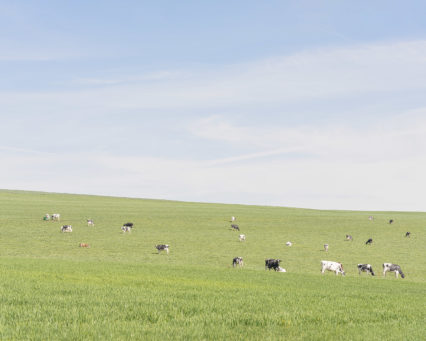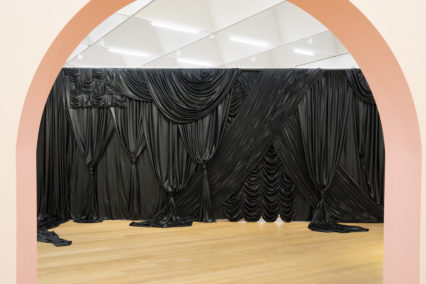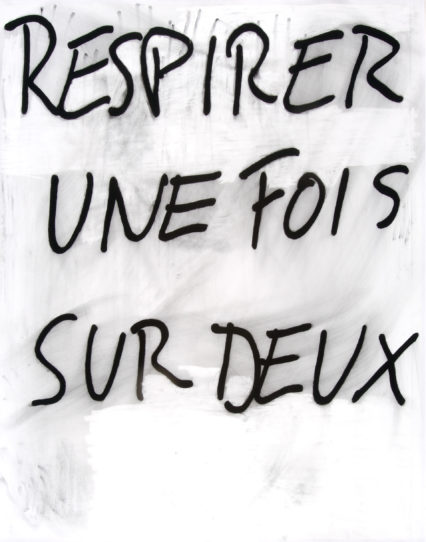TRAIN ZUG TRENO TREN
Voyages imaginaires
Voyages imaginaires (Imaginary Journeys) boasts over 60 masterpieces by a range of artists, from Giorgio de Chirico and Edward Hopper to Paul Delvaux and Leonor Fini. The show invites visitors to discover how the image of the railroad train, that symbol of the Industrial Revolution par excellence, came to crystallize fascinating and essential reflections on artistic representation of a world that seemed to have been suddenly swept up in an acceleration without limits.

